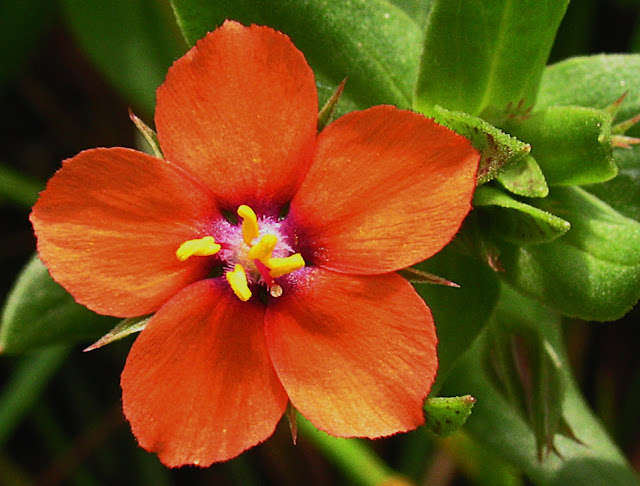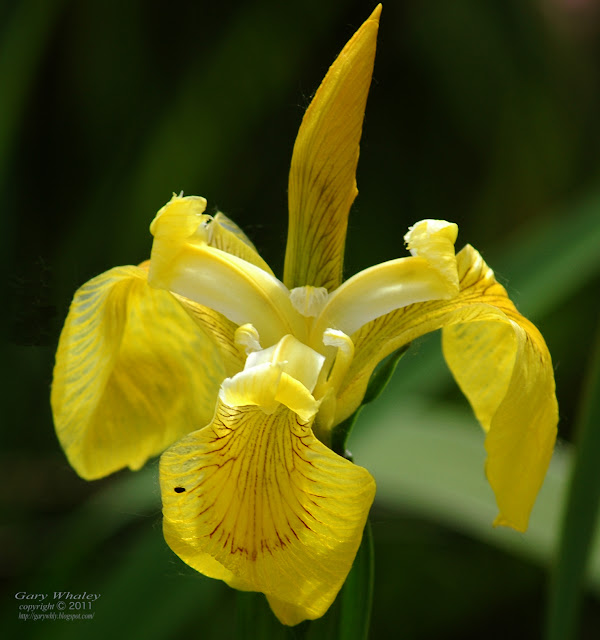Nature My World
Saturday 20 August 2011
Scarlet pimpernel
Scarlet pimpernel (Anagallis arvensis; also known as red pimpernel, red chickweed, poorman's barometer, poor man's weather-glass,[1] shepherd's weather glass or shepherd's clock) is a low-growing annual plant found in Europe, Asia and North America. Scarlet pimpernel flowers are open only when the sun shines.
Sunday 24 July 2011
Evening Primrose
The species vary in size from small alpine plants 10 cm tall (e.g. O. acaulis from Chile), to vigorous lowland species growing to 3 m (e.g. O. stubbei from Mexico). The leaves form a basal rosette at ground level and spiral up to the flowering stems; the leaves are dentate or deeply lobed (pinnatifid). The flowers open in the evening, hence the name "evening-primrose", and are yellow in most species but white, purple, pink or red in a few. Most native desert species are white. The fragrant tufted evening-primrose Oenothera caespitosa, a Southwestern species, first blooms white but turns pink or light magenta.
Saturday 11 June 2011
Common Knapweed/Hoverfly
Centaurea nigra is a species of flowering plant in the daisy family known by the common names Lesser Knapweed, Common Knapweed and Black Knapweed. A local vernacular name is Hardheads.
It is native to Europe but it is known on other continents as an introduced species and often a noxious weed.
It is native to Europe but it is known on other continents as an introduced species and often a noxious weed.
Sunday 5 June 2011
Yellow Iris (Yellow Flag)
It is a herbaceous perennial plant growing to 1-1.5 m (or a rare 2 m) tall, with erect leaves up to 90 cm long and 3 cm broad. The flowers are bright yellow, 7-10 cm across, with the typical iris form. The fruit is a dry capsule 4-7 cm long, containing numerous pale brown seeds.
Sunday 22 May 2011
Sunday 15 May 2011
Moss Forest
Mosses have stems which may be simple or branched and upright or lax, simple leaves that often have midribs, roots (rhizoids) that anchor them to their substrate, and spore-bearing capsules on long stems. They harvest sunlight to create food through photosynthesis.[3][4] Mosses do not absorb water or nutrients from their substrate through their roots, so while mosses often grow on trees, they are never parasitic on the tree.
Sunday 8 May 2011
Greater Stitchwort
Stellaria holostea (Addersmeat, or Greater Stitchwort) is an ornamental plant native of Europe.
It can grow up to 50cm in height, with leaves that are long, narrow and fresh green.[1] The flowers are white, 20-30mm across and have five distinctive petals split to about half way down.
It can grow up to 50cm in height, with leaves that are long, narrow and fresh green.[1] The flowers are white, 20-30mm across and have five distinctive petals split to about half way down.
Subscribe to:
Posts (Atom)







